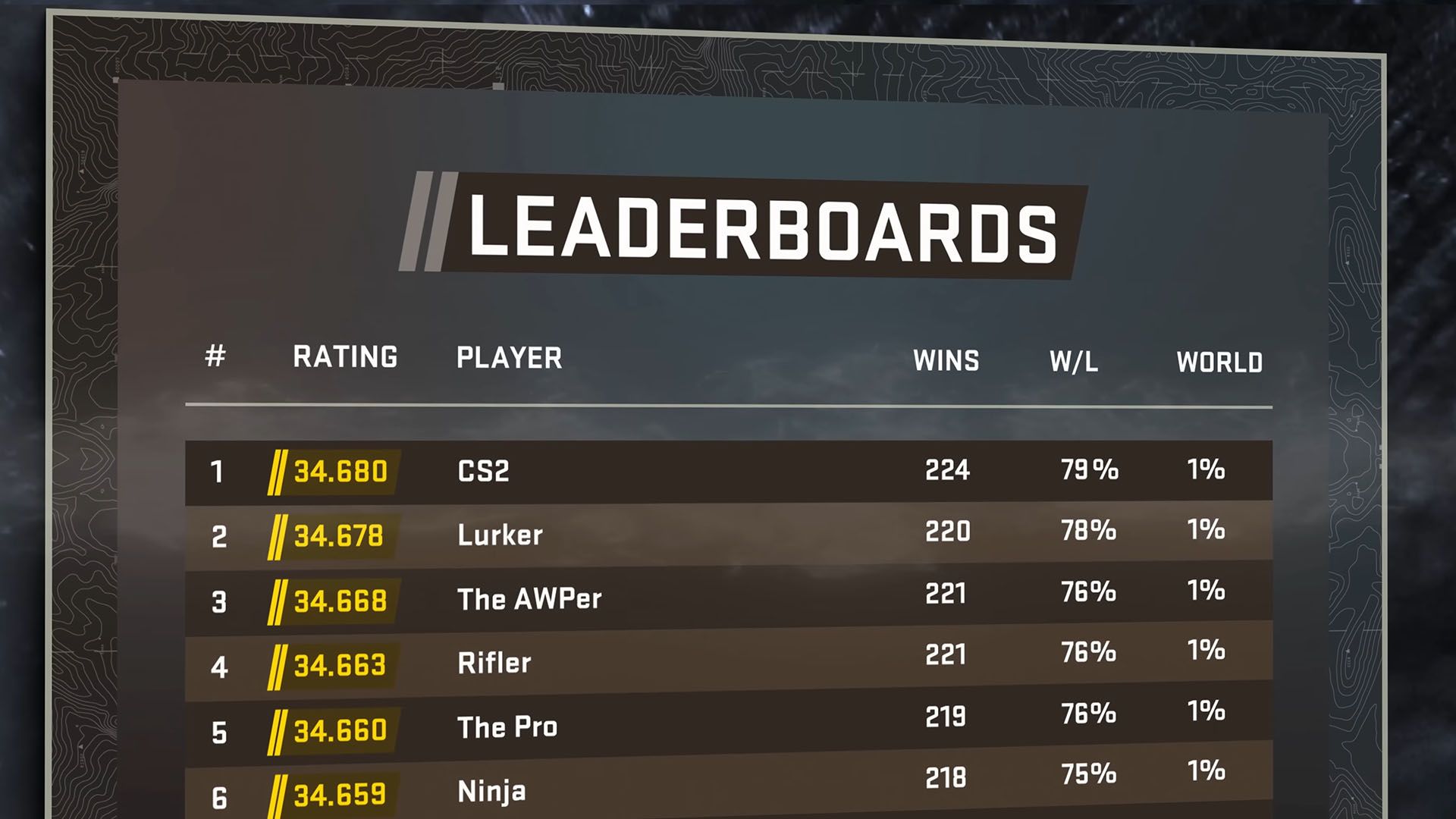Bully Tee Blog
Your go-to source for everything related to bullies and tee culture.
CSGO Matchmaking Ranks: Where Everyone Thinks They're a Pro
Discover the truth behind CSGO matchmaking ranks and why every player believes they're a pro. Uncover the secrets to climb the ranks!
Understanding CSGO Matchmaking Ranks: The Path from Silver to Global
Counter-Strike: Global Offensive (CSGO) features a deeply structured matchmaking rank system that categorizes players based on their skill and performance. The system ranges from Silver, where many players start, to the elusive Global Elite, which is a testament to exceptional skill and game comprehension. Understanding this ranking system is crucial for players aiming to improve their skills and advance through the tiers. Here’s a brief overview of the matchmaking ranks:
- Silver
- Silver II
- Gold III
- Gold II
- Gold I
- Platinum
- Diamond
- Master
- Global Elite
To climb from Silver to Global, players must focus on improving several key areas: map knowledge, aim, teamwork, and game sense. Familiarizing yourself with different maps and their callouts, enhancing your aiming techniques through practice, and learning to communicate effectively with teammates can significantly impact your chances of rising through the ranks. Consistency in performance and a willingness to learn from losses are essential for anyone who aspires to traverse the CSGO matchmaking rank ladder.

Counter-Strike has been a staple in the first-person shooter genre since its inception. The game's intense gameplay and strategic elements have kept players engaged for years. If you're looking for information about the cs2 weekly care package reset, you'll find plenty of resources to help you understand the game's latest updates.
The Psychology Behind CSGO Ranks: Why Everyone Thinks They're a Pro
In the competitive world of CSGO ranks, the psychological motivations driving players often blur the lines between a casual gamer and a self-proclaimed pro. Many players ascend through the ranks based not only on skill but also on their perception of mastery, which is akin to the Dunning-Kruger effect. This cognitive bias makes individuals with limited skills believe they are more competent than they truly are. Consequently, as players achieve higher ranks, their self-esteem boosts, fostering a sense of superiority and invoking social comparisons. Players tend to equate rank with skill, affecting both their motivation and their interactions within the community.
Furthermore, the social dynamics of CSGO amplify this perception. Players are often surrounded by communities that validate their rankings and skills. Online platforms provide a space where users share their achievements, creating a feedback loop that reinforces the belief in their own professionalism. Rank is discussed in forums, streams, and even in casual conversations where individuals often boast about their tier, blurring the line between reality and player identity. This communal affirmation can lead to a culture where many players genuinely believe they belong to a tier reserved for professionals, despite the stark realities of their gaming performance.
How Matchmaking Ranks Affect Your Gameplay Experience in CSGO
In Counter-Strike: Global Offensive (CSGO), matchmaking ranks play a crucial role in shaping players' gaming experiences. The matchmaking system assigns ranks based on player performance, which ensures that matches are balanced and competitive. When players are matched with others of similar skill levels, it increases the likelihood of engaging gameplay, allowing for meaningful competition. Those ranked in higher tiers often face more strategic gameplay and experienced opponents, which can lead to improved skills and tactics over time.
However, not all players view the ranking system positively. Matchmaking ranks can sometimes lead to frustration, especially if players experience skill disparity within teams. For instance, if a high-rank player is placed with lower-ranked teammates, it can diminish the fun and competitiveness of the game. Additionally, factors like lag or server issues can impact individual performance, further complicating the rank assignment. Therefore, understanding how matchmaking ranks affect your gameplay is essential for not just improving your skills but also for fostering a more enjoyable gaming environment.